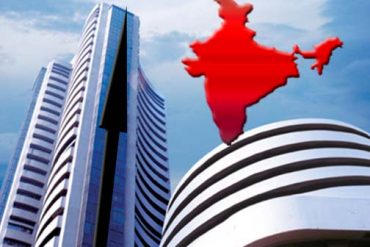New Delhi : Seven years after he lost his sight following acute illness, it was no less than a miracle for 62-year-old Carl Stevens when he was able to catch a glimpse of the Taj Mahal after treatment by an Indian doctor.
An American citizen, Stevens, lost his vision in 2004. He is now recovering his sight in what can be called nothing short of a medical miracle, made possible through stem-cell therapy.
“I could see the glitter and glimpse of Taj Mahal, could see its white aura…. it is very exciting,” he said.
While in his 50s, Stevens contracted pneumonia, which developed into an acute respiratory distress syndrome. He had to be kept on ventilator, which saved his life, but he lost his vision due to damage to optic nerves, said Himanshu Bansal, the doctor who treated Stevens.
Bansal, a consultant in regenerative medicine at at the Institute of Spinal Injury and Stem Cell Research, Rudrapur (Uttarakhand) and member of Revita, an association of stem cell specialists, used stem cells generated from the patient’s own body for regeneration of nerves.
“He had no perception of light. There was no reaction on his pupil on throwing light,” said Bansal.
Several tests confirmed Steven was suffering from “ischemic optic atrophy”, a loss of vision due to damage to the optic nerve from insufficient blood supply. The condition is considered irreversible and causes permanent blindness. Stevens consulted the best doctors in US but his condition did not improve at all.
However, having heard about potential of stem cells and its ability to restore functions of cells and organs, Stevens sought to explore its possibility and went to China.
“He was given multiple shots of stem cells but with no results,” said Bansal.
Stevens then turned to India after hearing about Bansal and his research. Treated in Delhi for nearly one and half months, Stevens was given four shots of stem cells generated from his own bone marrow and fat.
After three shots, Steven’s pupil started reacting to light.
“It was so exciting, his pupils had stopped reacting to light ever since he came off the ventilator,” said Vicky, Steven’s wife.
“He started having perception of movements and shadows. At present his optic disc is looking pink which was earlier pale. All are signs are symptoms of regeneration and rejuvenation in optic tracts,” Bansal said.
The doctor adds that Stevens may need some booster shots later.
Asked why the therapy failed in China but succeeded in India, the doctor says the protocol being used here is perhaps better.
“What happens usually is that the bone marrow is given too much of chemical and physical treatment to refine the stem cells. Stem cells are sensitive and may get damaged in the process,” said Bansal.
He calls his shots “cocktails”, comprising “sufficient quantity of good quality stem cells of different variety”.
“The final volume is brought to 8 ml by a new protocol which contains a ‘cocktail’ of mesenchymal stem cells, very small embryonic-like stem cells, and other progenitor cells along with natural growth factors,” said Bansal.
The doctor has now been invited to Florida to share the therapy which has been successful in not one but many similar cases.
“I had another case, the patient was again from US, and had lost his vision due to methanol poisoning. His doctor in US gave him a written report that his vision cannot be restored,” said Bansal.
But after stem cell treatment here, the patient’s vision was restored to the point that he could drive,” he said.
Bansal stresses that his work is non-profit and mainly research-based.
“These treatments are being done as part of research, as cases of clinical trials under an approved protocol,” he added.
IANS


